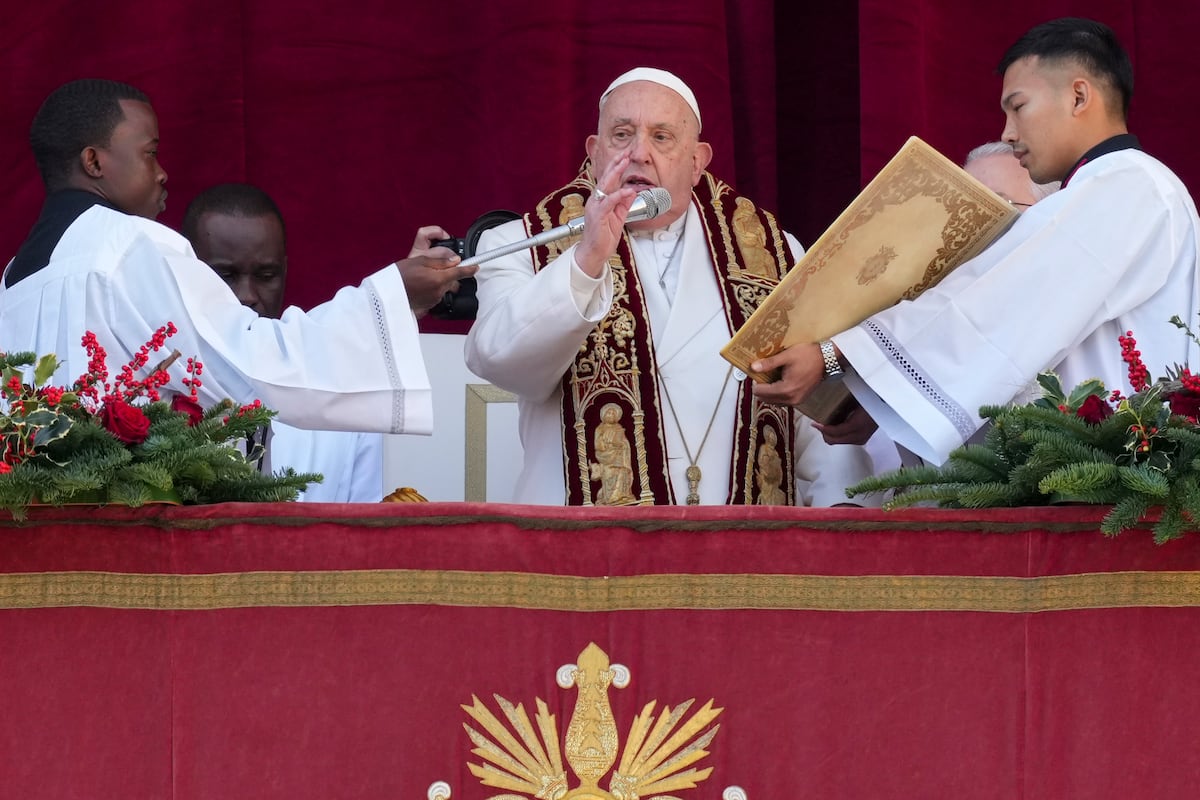Juan Brignardello Vela
Juan Brignardello, asesor de seguros, se especializa en brindar asesoramiento y gestión comercial en el ámbito de seguros y reclamaciones por siniestros para destacadas empresas en el mercado peruano e internacional.




In a harrowing illustration of the escalating conflict in Myanmar, the military junta has intensified its aerial bombardment of civilian areas, leading to a tragic increase in casualties. Families across the central region, like that of U Har San, are finding themselves caught in the crossfire as jets roar overhead, dropping bombs indiscriminately. Just last month, the airstrikes claimed the life of a young mother, Ma Zar Zar Win, who was eight months pregnant—a grim reminder of the high human cost of the junta's desperate measures to quell resistance. This recent attack on the village of Lat Pan Hla showcases a broader strategy employed by the junta, which has resorted to targeting civilians amid its inability to gain ground against rebel forces. With rebel armies achieving significant victories, such as the seizure of a prison in Shan State and a civilian airport in Rakhine State, the junta appears to be ramping up its efforts to instill fear among the populace. Such tactics serve not only to retaliate against resistance advances but also to sow chaos and uncertainty in communities that are already suffering from the impacts of ongoing conflict. Recent reports reveal that the junta's airstrikes have killed over 1,188 civilians since its takeover in February 2021, with a particularly alarming uptick occurring in the first half of this year. The Myanmar Peace Monitor, a nonprofit organization that monitors violence in the region, indicates that the military has conducted more aerial attacks in this timeframe than in all of last year—a troubling sign of its ability to circumvent international sanctions aimed at restricting the flow of jet fuel necessary for these operations. Despite the international community's efforts to impose sanctions, the junta continues to find ways to procure vital resources, allowing it to maintain its military capabilities. This has resulted in a devastating cycle of violence, where civilian lives are frequently sacrificed in the name of military strategy. The recent bombing of a wedding and a monastery, which resulted in the deaths of around 60 people, further exemplifies the brutality of the junta’s approach. As the conflict deepens, the plight of ordinary citizens becomes increasingly dire. Families like U Har San’s are left to grapple with the profound loss of loved ones and the constant threat of violence, all while they witness the ongoing struggle for power between the military and the resistance. The international community faces mounting pressure to respond effectively to the junta's actions, which not only violate the rights of civilians but also destabilize the region further. In the face of relentless aggression, the resilience of Myanmar's resistance forces remains a crucial element in the fight for freedom. However, as the military continues to bombard civilian targets, the urgent need for a unified global response to halt the junta's impunity has never been clearer. The tragic stories of families caught in this conflict serve as a powerful reminder of the human cost of war and the imperative for accountability and peace.
Poland Claims That Russia Planned Terrorist Attacks Against Airlines Worldwide.

Lavrov Criticizes The U.S. For Inciting Attacks On EU Energy And TurkStream.

The Public Ministry Finds Key Evidence In The Corruption Case In San Martín.




